Thank you all my friends!!
I am sorry I am appearing and disappearing from the forum, making incomplete threads.. I always have so many things to do, you know how is life!
I wish I had time to read and post in every single thread. But is so difficult to do that!
Ok, lets see at the details that Augenblick (thank you) pointed out to check.
Questions:
a) at what frequency does this device self-oscillate
b) what type magnet is used
c) whether the reed switch deteriorates much during prolonged use
d) bucking vs non-bucking coil performance
e) number of windings
f) effects of increasing load, e.g., frequency shift
g) some waveform analysis
Answers:
a) It is jump up and down, between from 2.2khz to 3.1Khz depends of the reed you use.
Usually 20 mm long reeds work in the range of 1,5K to 2KHz. Smaller reeds work much higher, 7Khz 8Khz etc.
b) Magnet is a small neodymium flat disc magnet (the poles are on the two wide sides).
But as I discuss further down, any magnet will do as long as it triggers the reed switch.
c) I discuss it further down.. I believe reed will be good as new for many years as is..
No dark signs on plates, nor heat is present (the current passing it is very low).
Just a small cold plasma i guess.
d) This need testing.. I have some interesting combinations in mind..
I believe at the secondary side, the two middle (side by side) coils from the four should be in POC style.
e) I haven't count any turns from any coil. I should have but I haven't sorry guys. I winded the coils only by eye calculation.
I believe turns are not important at all. Ok if you need higher voltage at output etc, but this is not the point..
Because turns alter only voltage/current relations but in conclusion there is no actual benefit from that.(I discuss it further down)
f) With stable (stable distance from reed) magnet, there is a standard output at the secondaries,
No mater if you put more leds, they will be dimmed.. put one led, it will be bright. The input current doesn't change at all.
No change at frequency when leds are in circuit or not.
Like the LEDs are invisible to primary.
g) I am sorry I don't have proper oscillator yet to see what are the waveforms! I know is like walking blind.. But thats the way it is!
Some extra thoughts:
First of all I think I understand why μA plays up and down.
That is because of frequency change. Frequency also plays between 2khz and 4khz.
Why does that happen? I think this has to be the most important question...
I can give two possible explanations..
1) Is it the reed as a component part, that because it has physicaly moving parts keep change frequency? maybe, maybe not!
(I have seen stable frequency from reed at different past similar tests)
2) Is the unequal relation of coils? (not the turns, but the wire lengths) that produce parasitic harmonics? has to be that. I believe its the coils..
I think that primary act as RF transmitting antenna, and the output coils as receiving antennas and maybe echo repeaters.
Remember Don Smith's work.. he was keep telling that length
of wires of communicating coils need to be perfectly dividable.
I believe:
straight wire = antenna
coil = antenna that due to turns triggers differently the Ether and so it is capable of producing and magnetic field as well.
So core transfers the magnetic field and coils (as wires) transfer the RF power.
The correct combination/relation of those two maybe is the key.
What you think guys?
About the input current and coils:
Sometimes the minus sign instantly gets on while it shows 0 current, this means opposite way going current? Does BEMF feed back the battery?
And if yes, Does BEMF intense/strength has to do with the communicating ability of the coils?
So maybe there is an exchange of currents going in and going out from the battery and the sum of it is displayed.
So today and tomorrow because I have time to experiment with that, as I am waiting for Monday to buy some parts for my other project.
I will 3d print the spools again and make new coils.. I ll try to make all wire lengths related.
All secondaries to be equal and each one to be 1/4 the wire length of that of the length of primary.
The primary should be a coil suitable for the frequency range of reed. So no tunning capacitors will be needed.
So If anyone of you guys want to test it ...first find the primary's wire length and then divide by four to find the length of every secondary wire.
I know its not easy at all, to have equal wires. It is difficult!
About the magnet:
I am not happy with the magnet' s position, as it supress the normal work of the 2 close coils at its sides. and probably does harm or blocks the communication of the two core peaces.
I believe the 2 ferite core peaces should be closed/connected at secondaries side and open at primary side. Maybe I am wrong..
but I think this is the correct way.. testing needed.
In my opinion the reed will last for very very long time as long as the bias is low (magnet need to be weak not need to be strong).
Its use is just to trigger the reed. Nothing else.. Actually magnet is not wanted at all, as it acts negatively near the primary. But is inevitable to use it.
Without it you need to spent much more energy using transistor, mosfet, etc.
Keep the magnet small as possible or away as possible from transformer.. the stronger magnetic field the more current you need to spend on primary to grow opposite magnetic field to bypass magnet' s field.
So the magnet should not be where I have it... It should not interact with the core at all, I maybe wrong! I don't know yet.
it should be just above the reed, on primary's side..
Or if you extend with soft iron wire the terminals of reed far from transformer (left and right) and loop them on a magnet' s pole sides, (far from transformer) will be the best.
Here I made a video for you to show you details of the setup.
testing is on.. Cya all later!





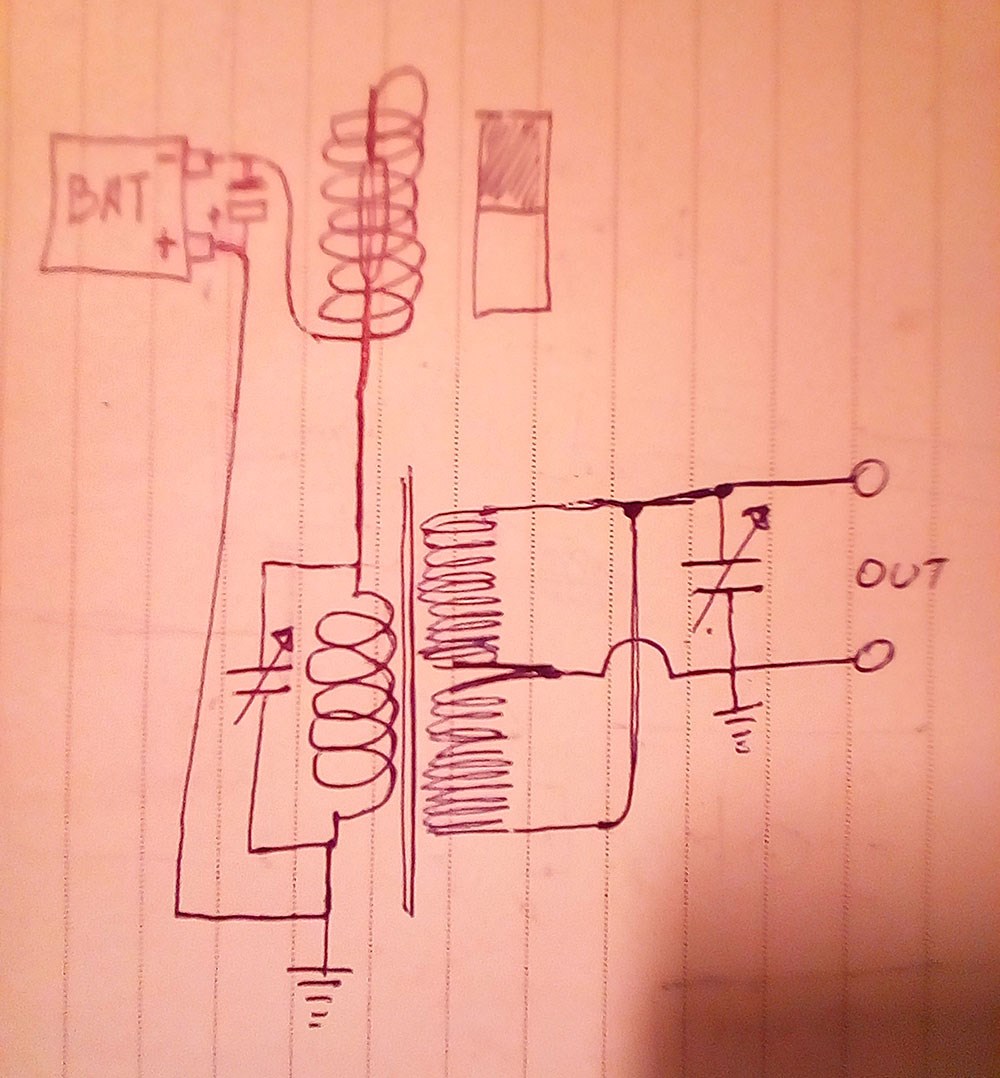





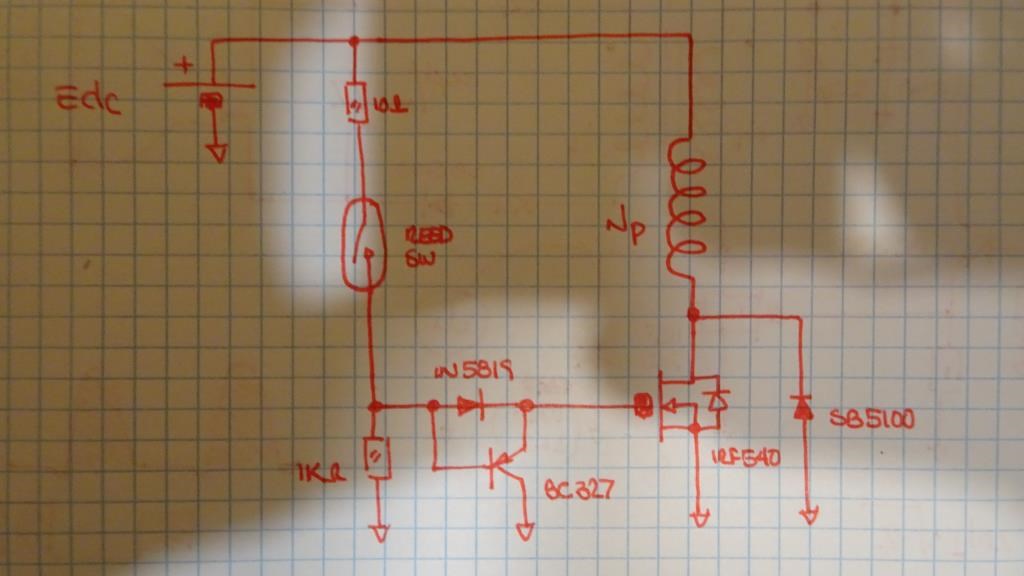
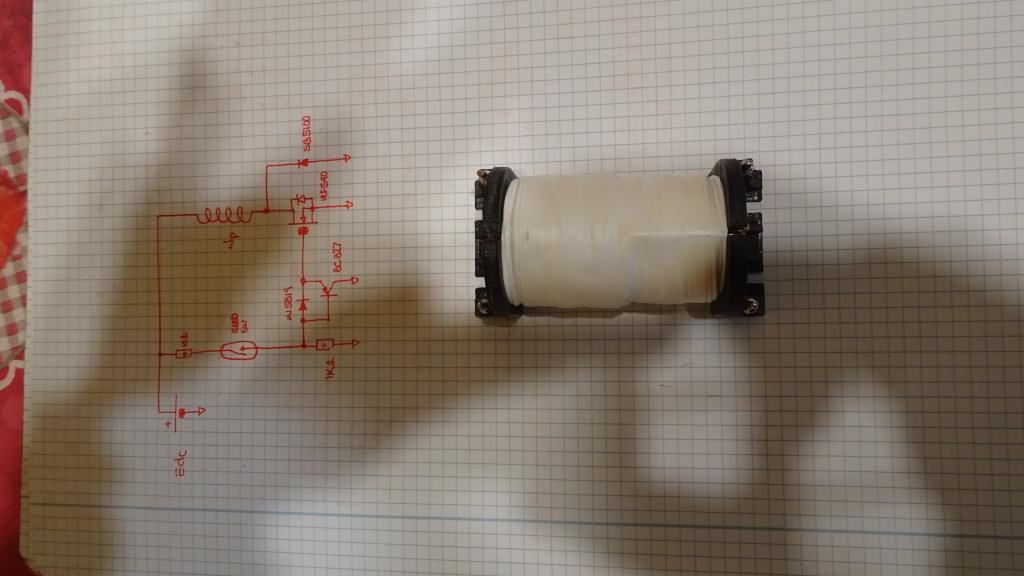


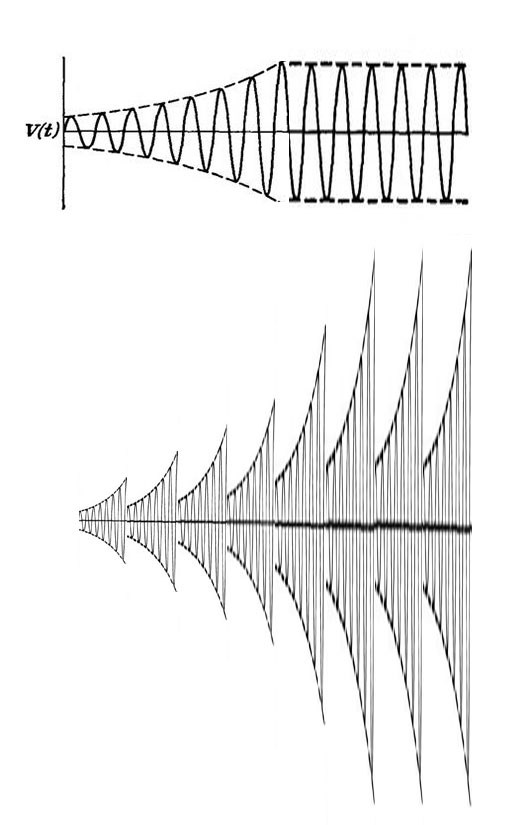
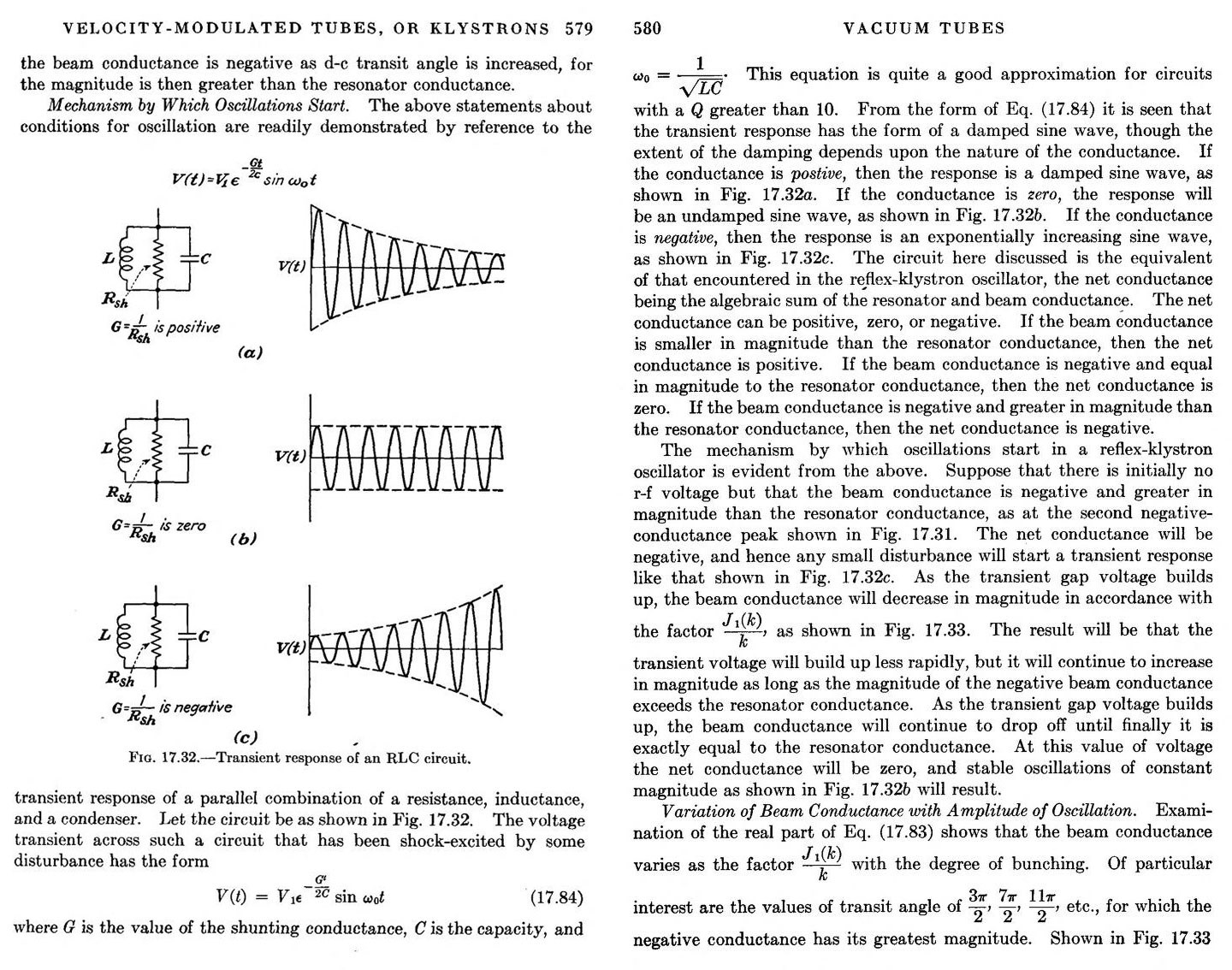

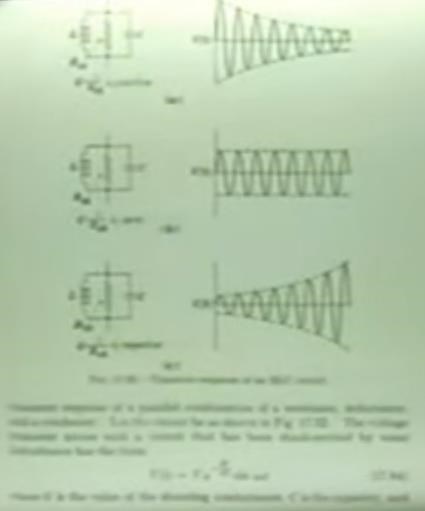

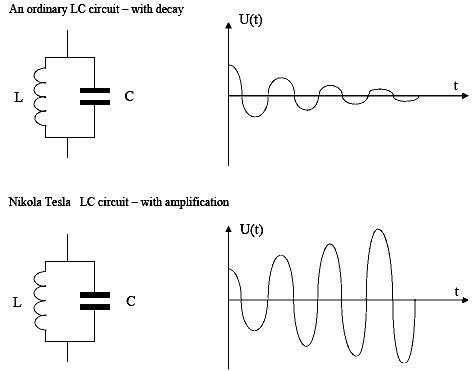
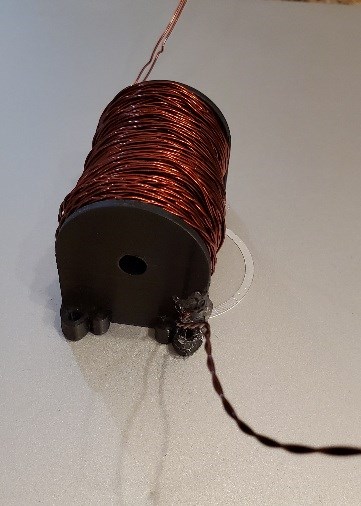

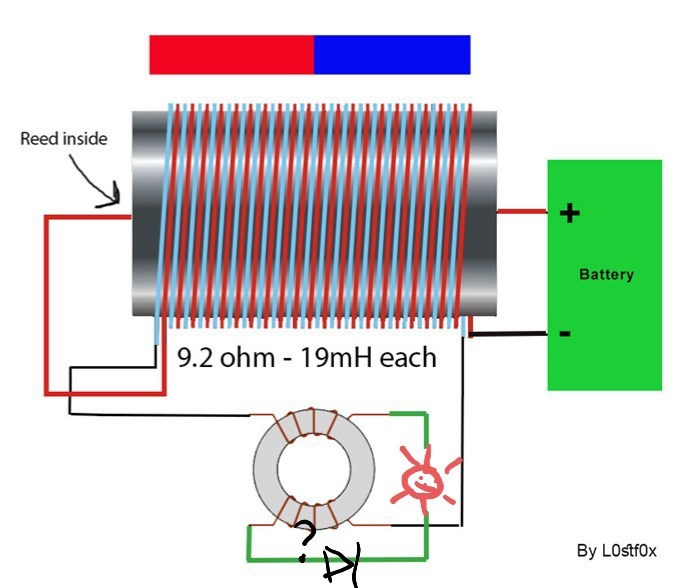
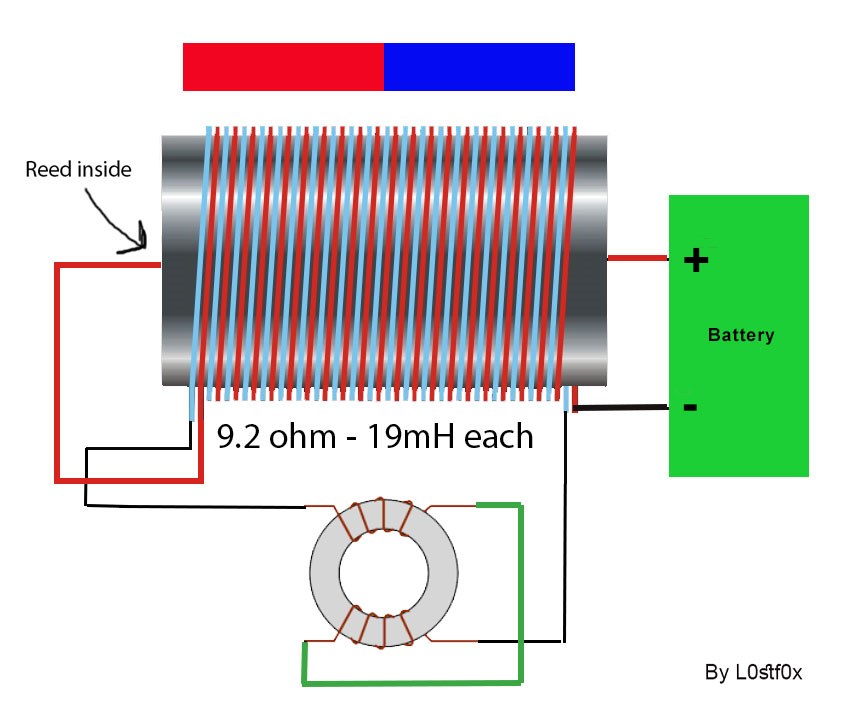
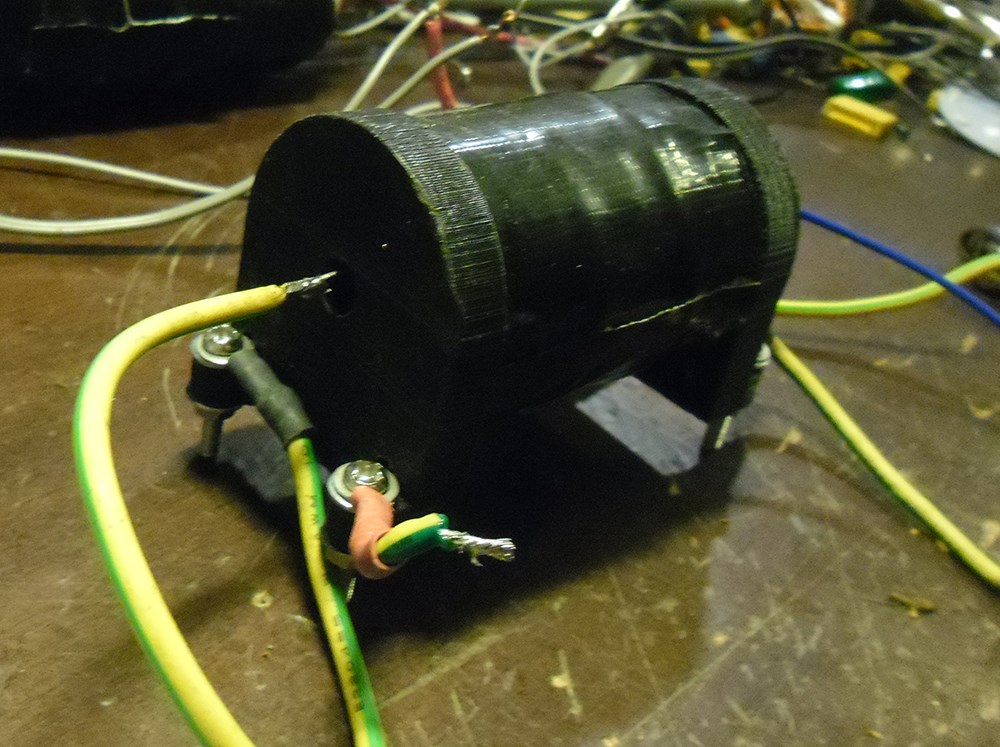
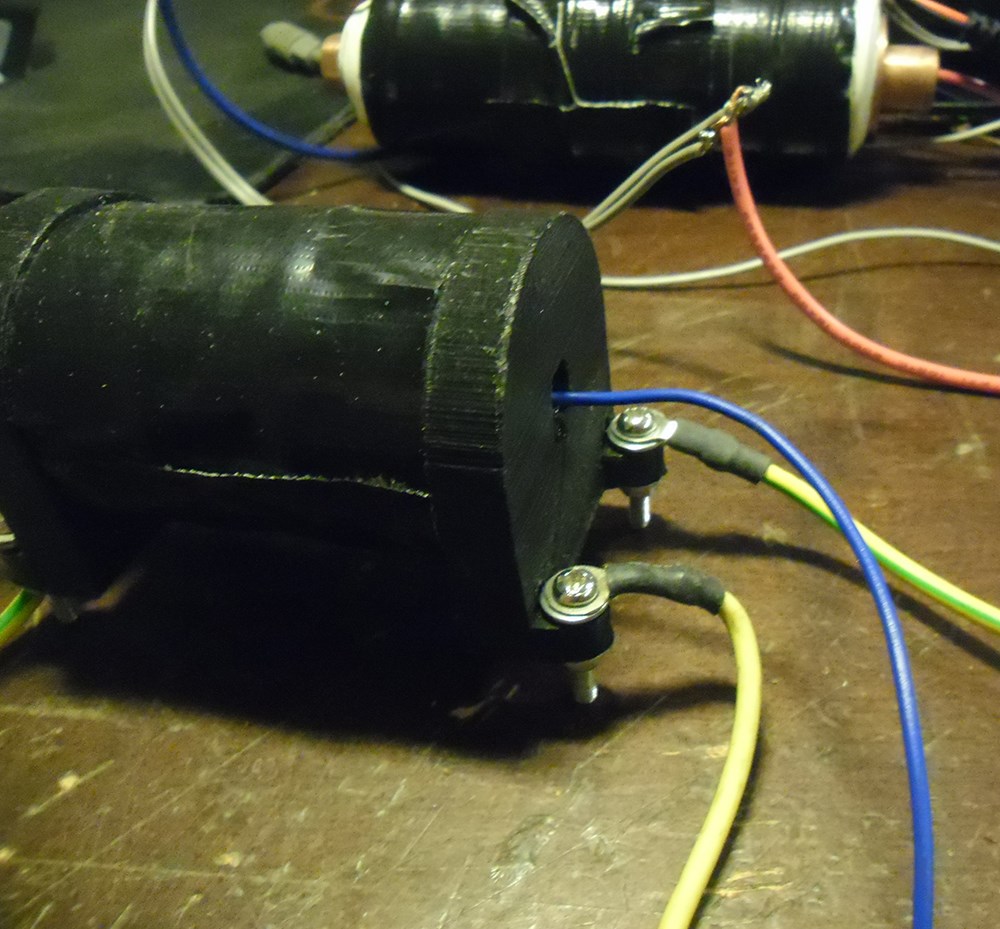
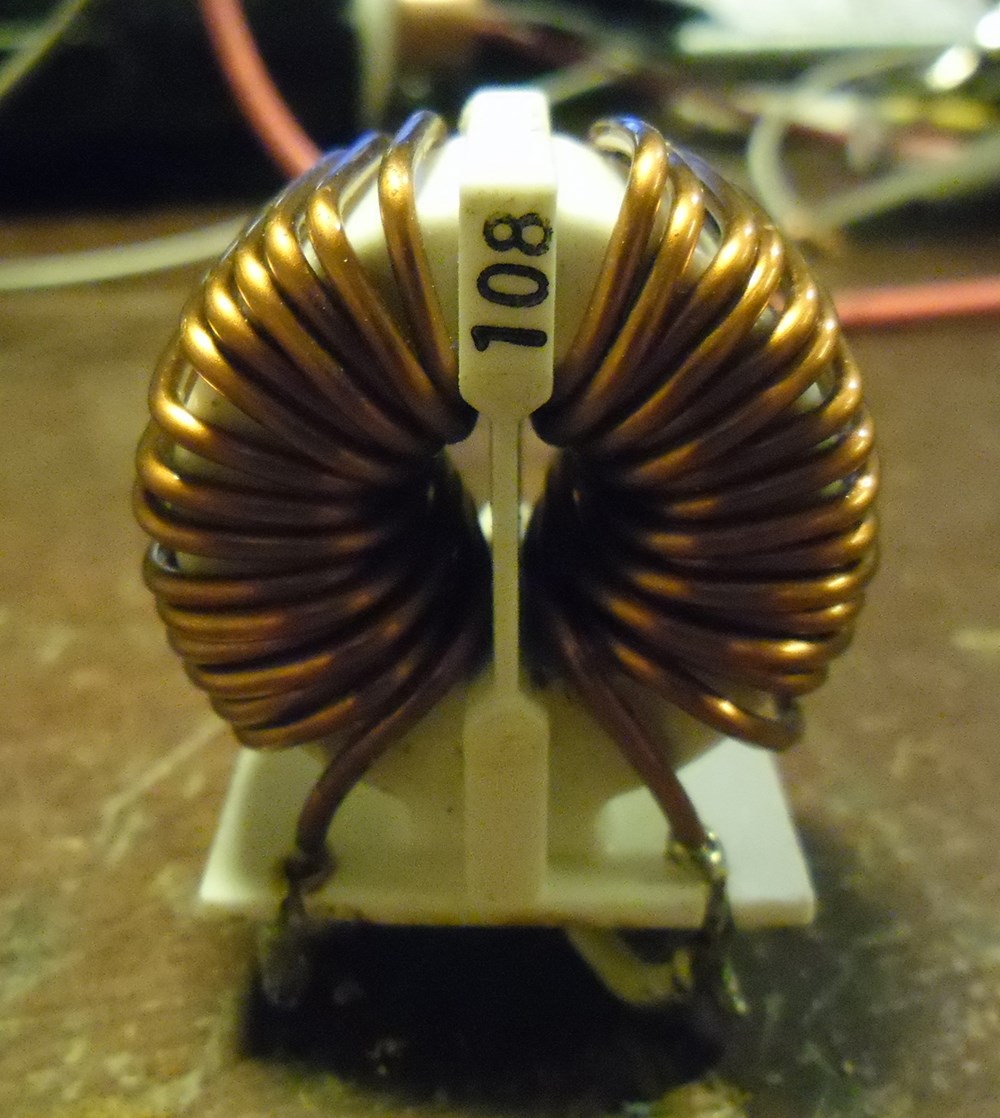
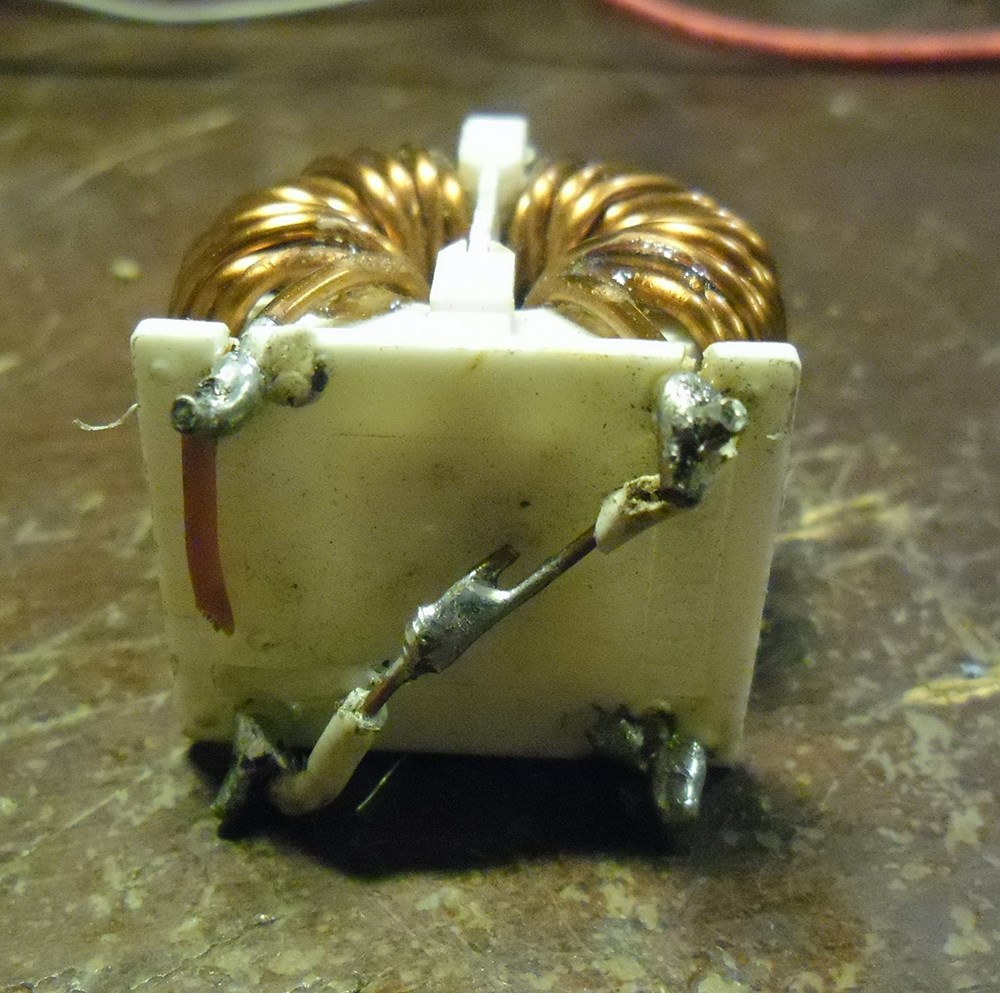
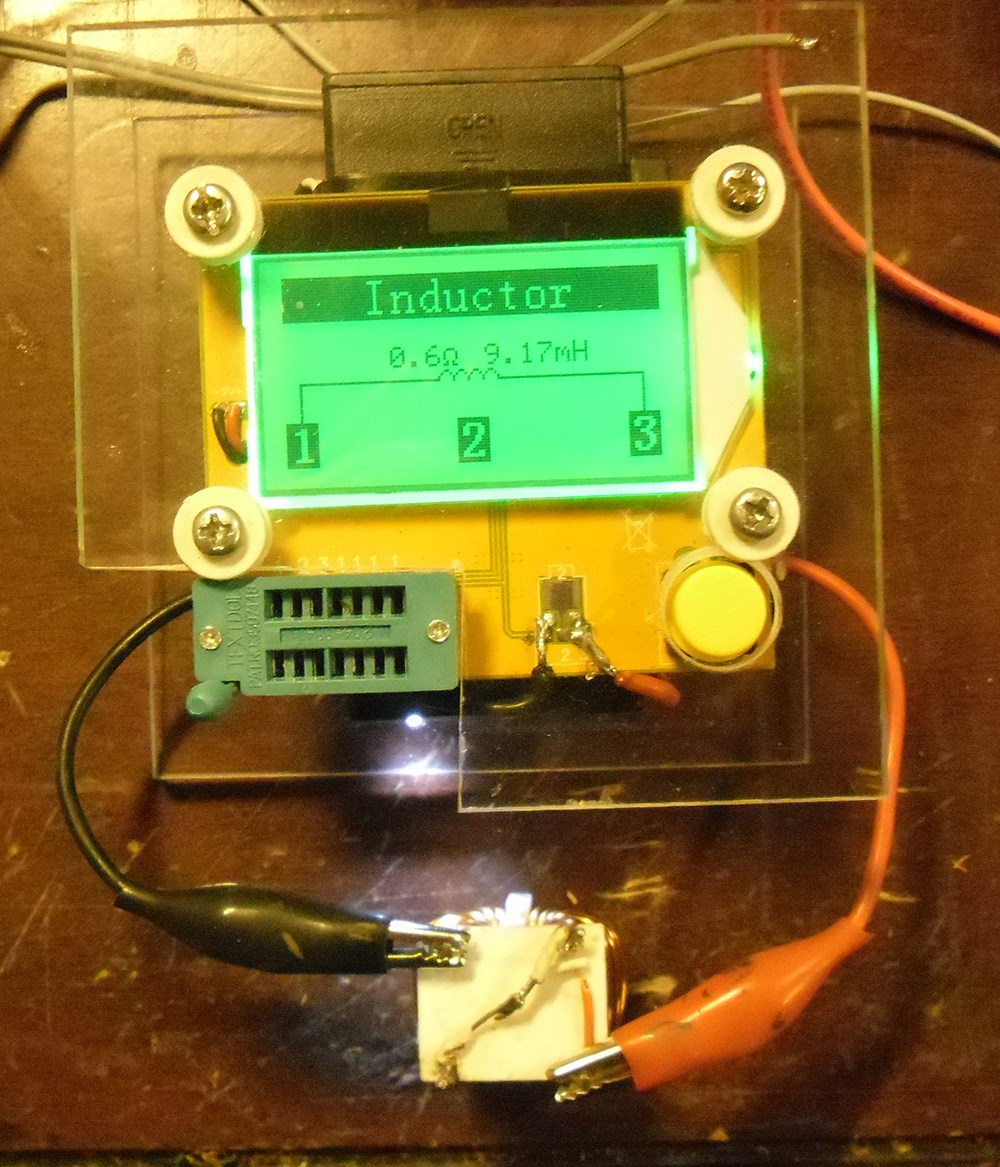
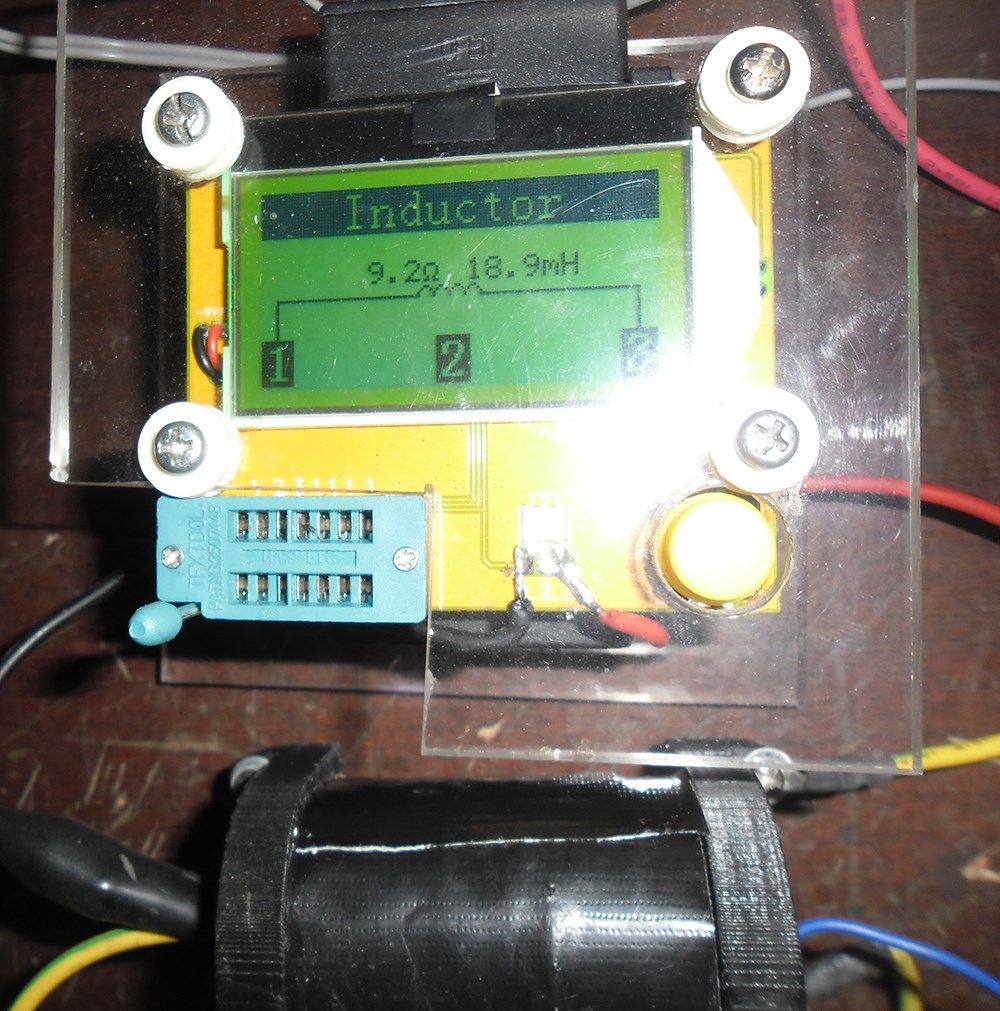




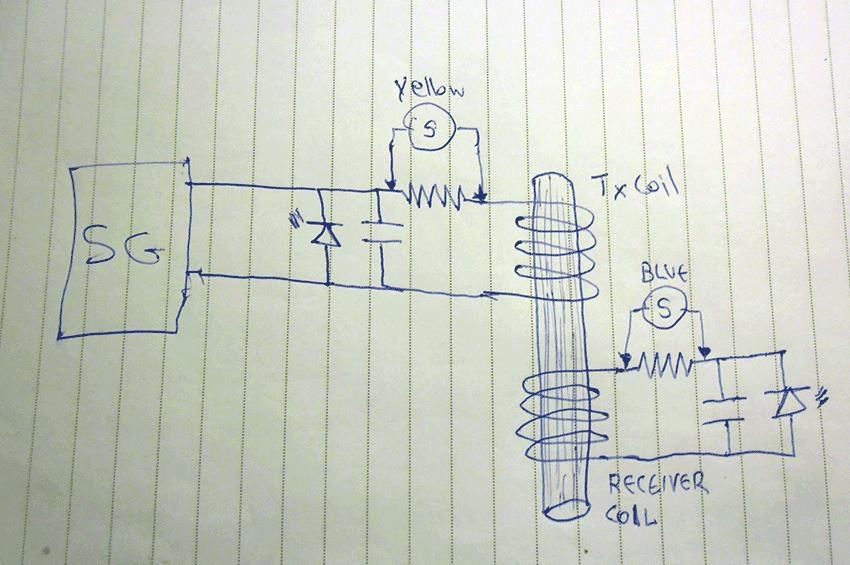


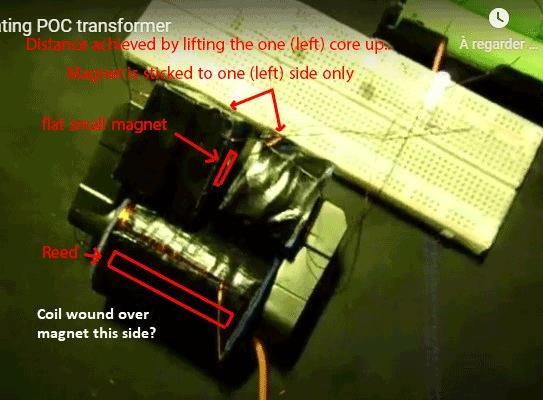
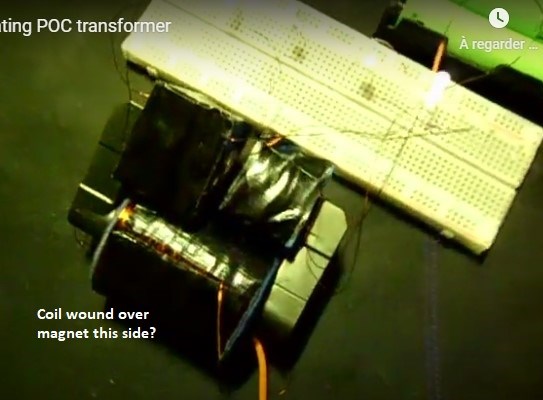
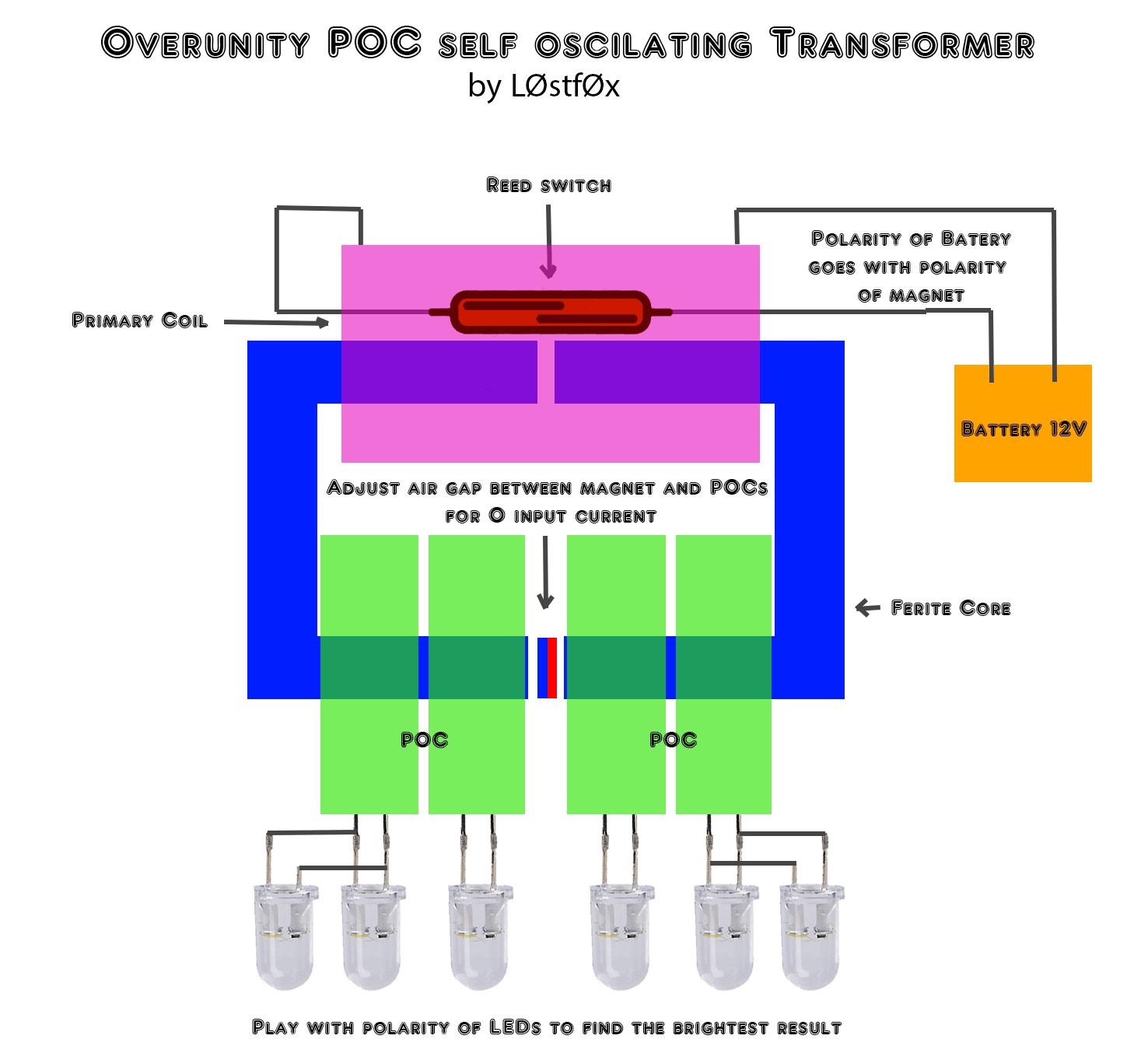




---open-tesla-research.jpg?width=20&crop=0,0,20,20)


